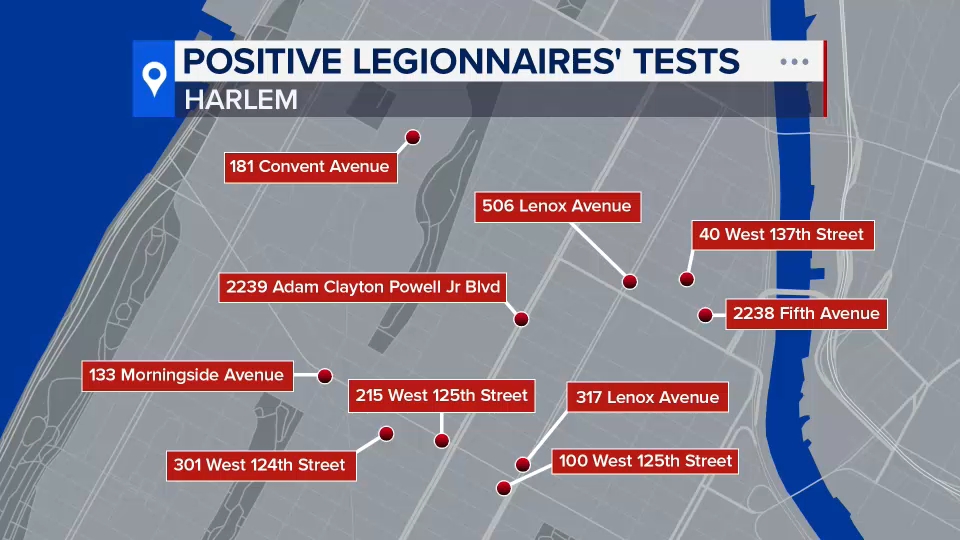Tragic Update in Harlem: Fifth Victim of Legionnaires’ Disease Confirmed
On August 18, 2025, New York City’s health officials reported the unfortunate death of a fifth individual linked to the recent outbreak of Legionnaires’ disease in Harlem. This increase in fatalities highlights the severity of an epidemic that has seen a total of 108 confirmed cases of this bacterial infection since it first emerged in late July.
Current Situation
As of now, 14 patients remain hospitalized due to severe illness from the disease, which is a form of pneumonia caused by the Legionella bacteria. This bacteria thrives in warm, stagnant water and can be transmitted through aerosolized water droplets found in mist or vapor.
Location and Source of Outbreak
The outbreak has been traced back to the cooling towers located at 10 different buildings in Central Harlem, with a total of 12 cooling towers identified as key sources. Noteworthy among these are several city-managed facilities, including Harlem Hospital and a building affiliated with the City University of New York (CUNY).
Officials have confirmed that all implicated cooling towers have been thoroughly drained and disinfected to curb any further spread of the bacteria.
Affected Areas
The majority of cases have been concentrated within five zip codes in Central Harlem: 10027, 10030, 10035, 10037, and 10039. Residents in these areas are encouraged to remain vigilant and monitor for symptoms.
| Parameter | Details |
|---|---|
| Total Confirmed Cases | 108 |
| Current Hospitalized Patients | 14 |
| Total Deaths | 5 |
| City-run Facilities Involved | Harlem Hospital, CUNY building |
Preventive Measures
In light of the outbreak, city officials are taking steps to implement stricter regulations regarding cooling towers. Proposed measures include enhanced testing and mandatory reporting for building owners, along with penalties for non-compliance. These initiatives aim to prevent future outbreaks and ensure public safety.
Symptoms to Watch For: Individuals should be aware that symptoms of Legionnaires’ disease can mimic those of the flu. Common signs include:
- Fever and chills
- Cough
- Shortness of breath
- Muscle aches
It is important to note that symptoms can take up to two weeks to appear after exposure, and those at higher risk include people over the age of 50 and smokers.
As the situation evolves, health authorities are continuously monitoring the outbreak and providing updates to the public. It remains crucial for residents to stay informed and practice caution.

